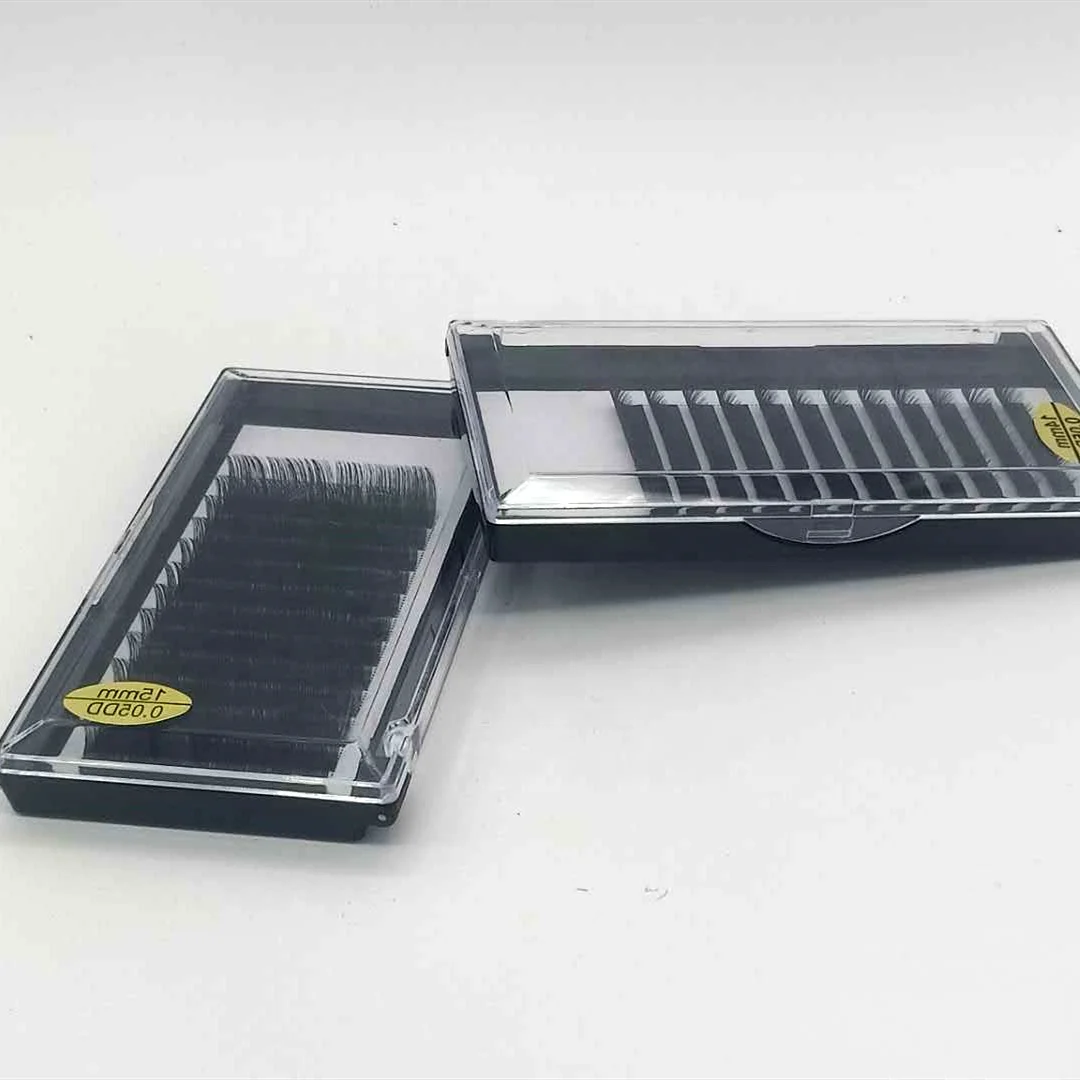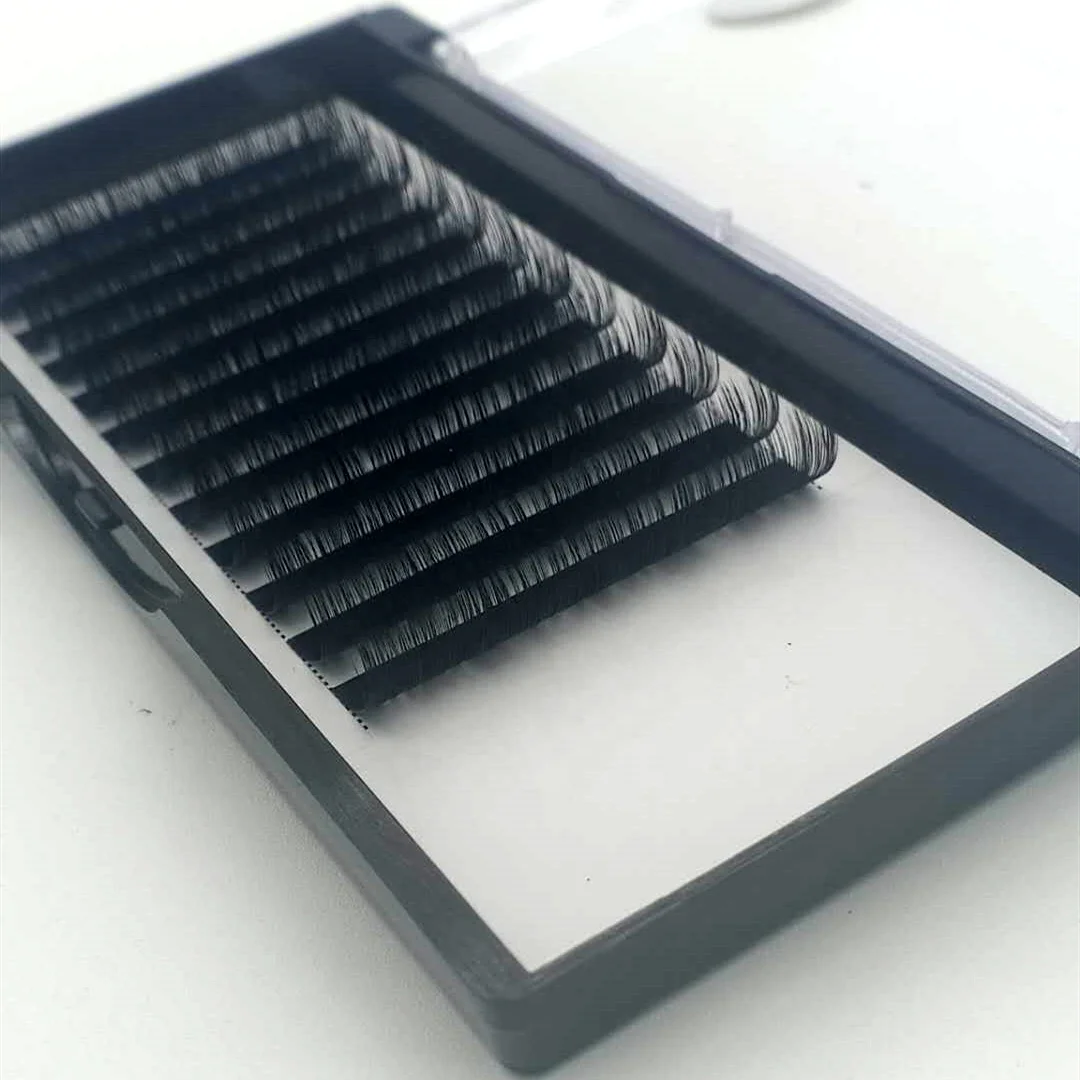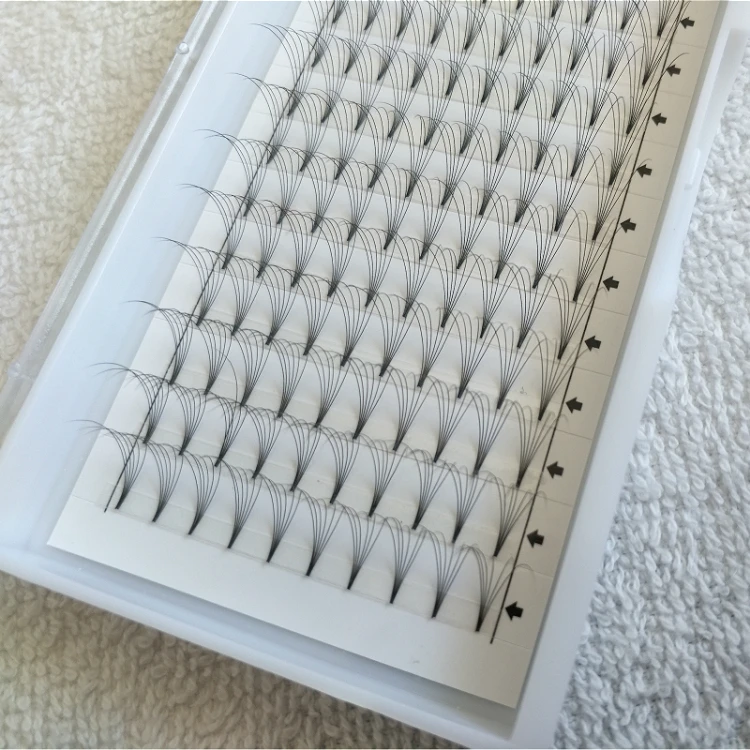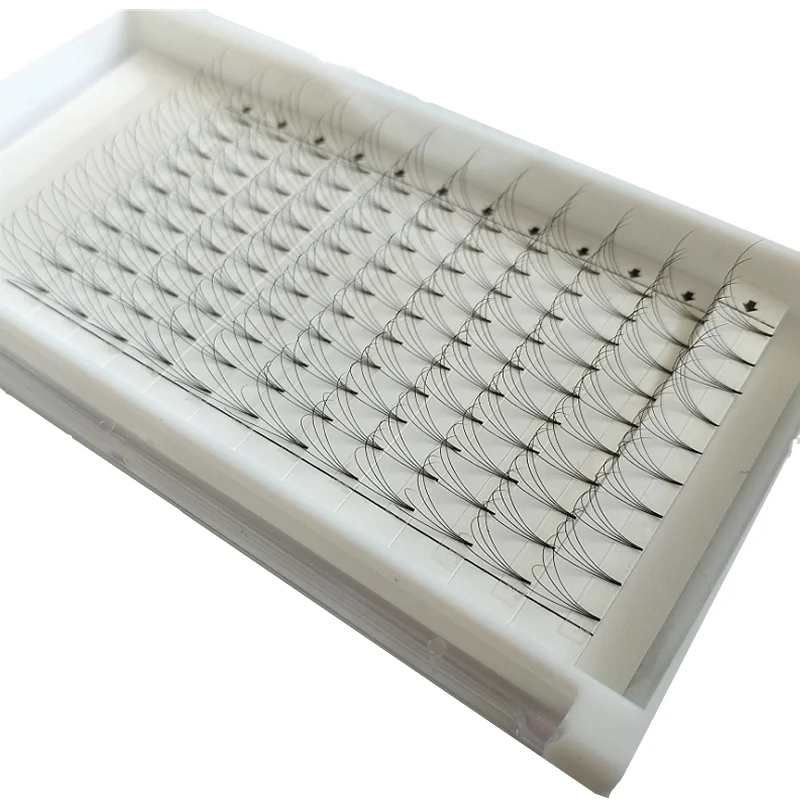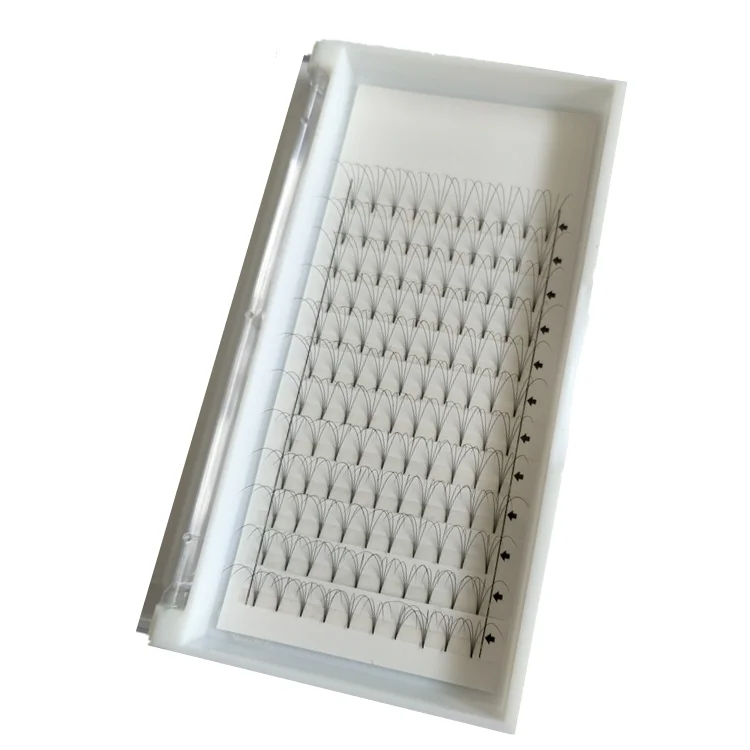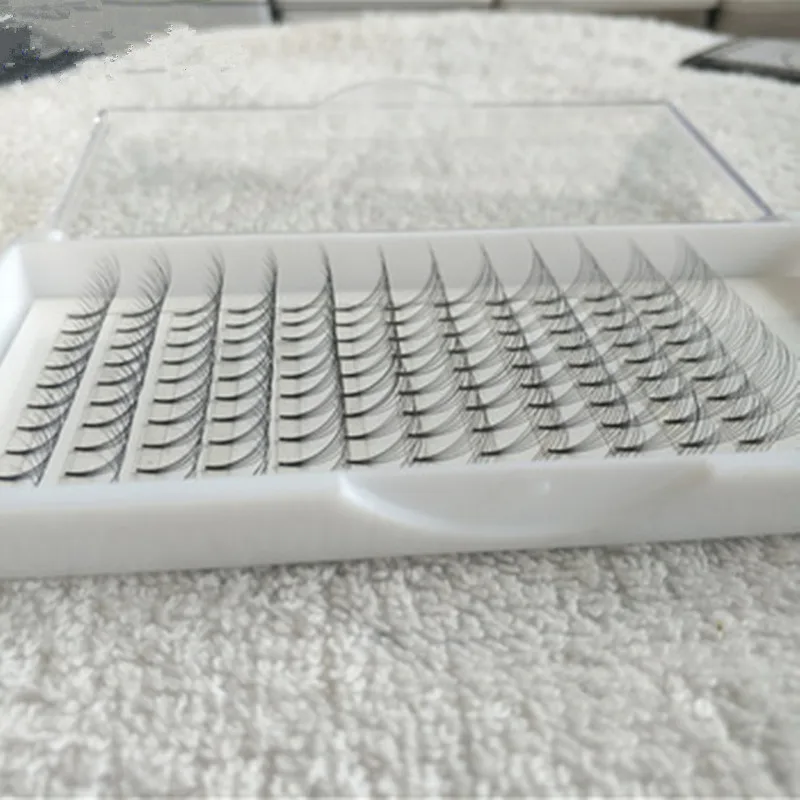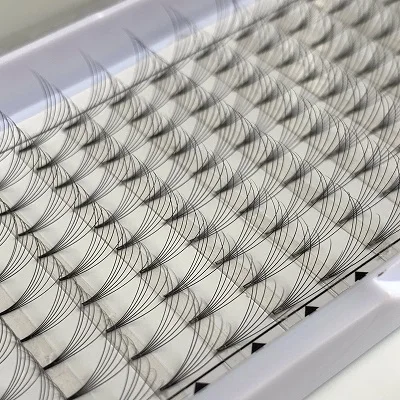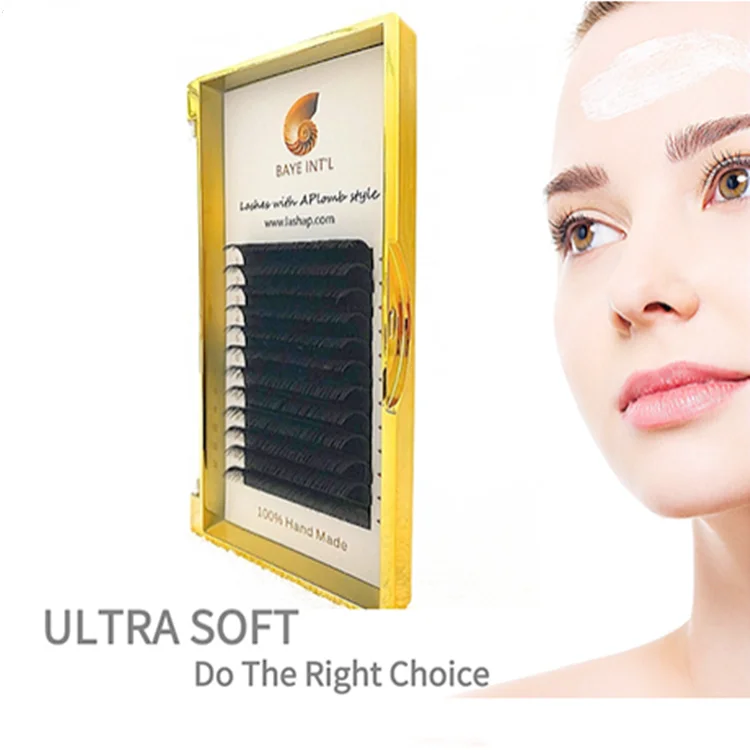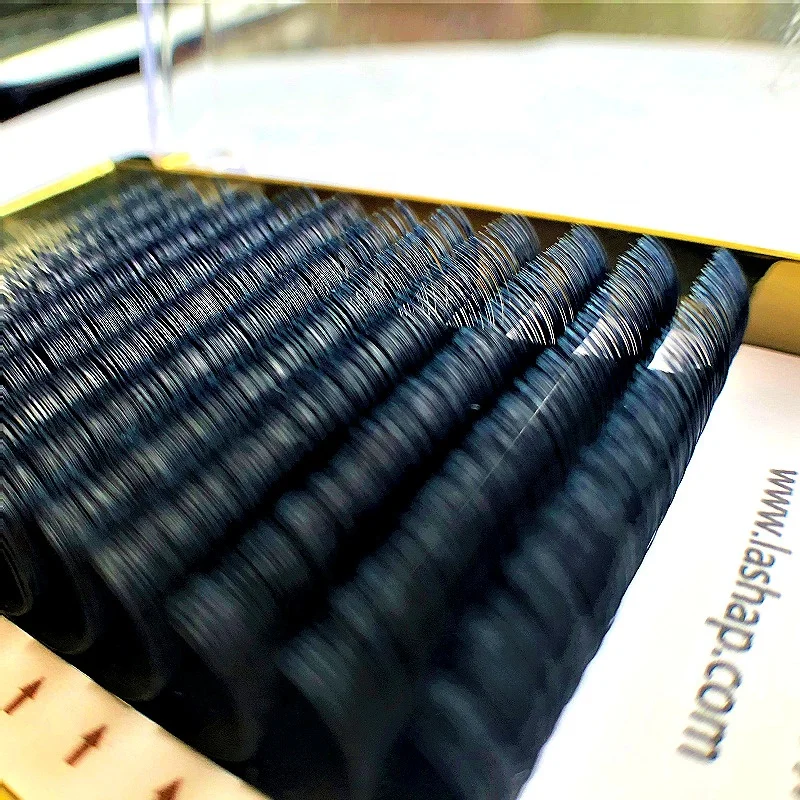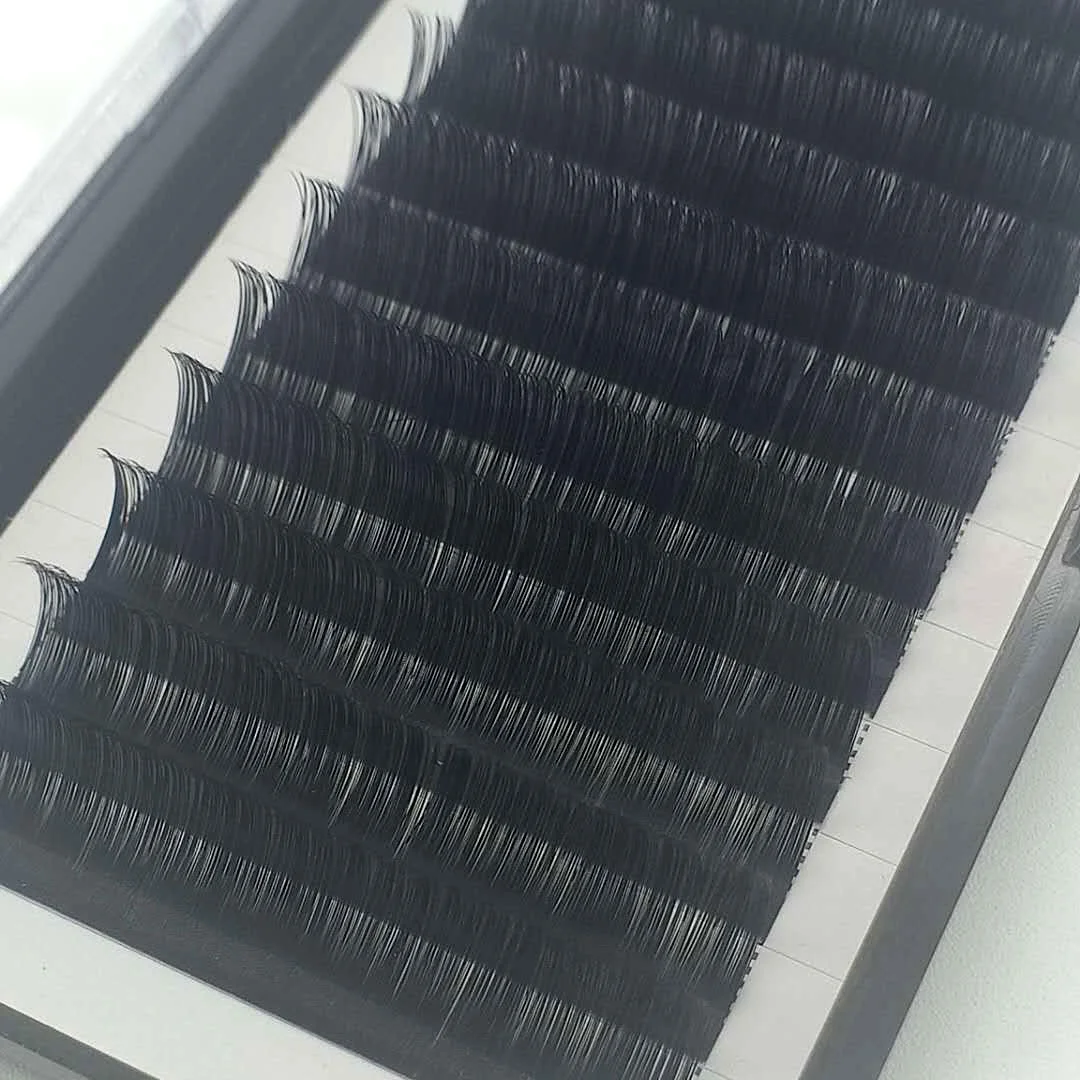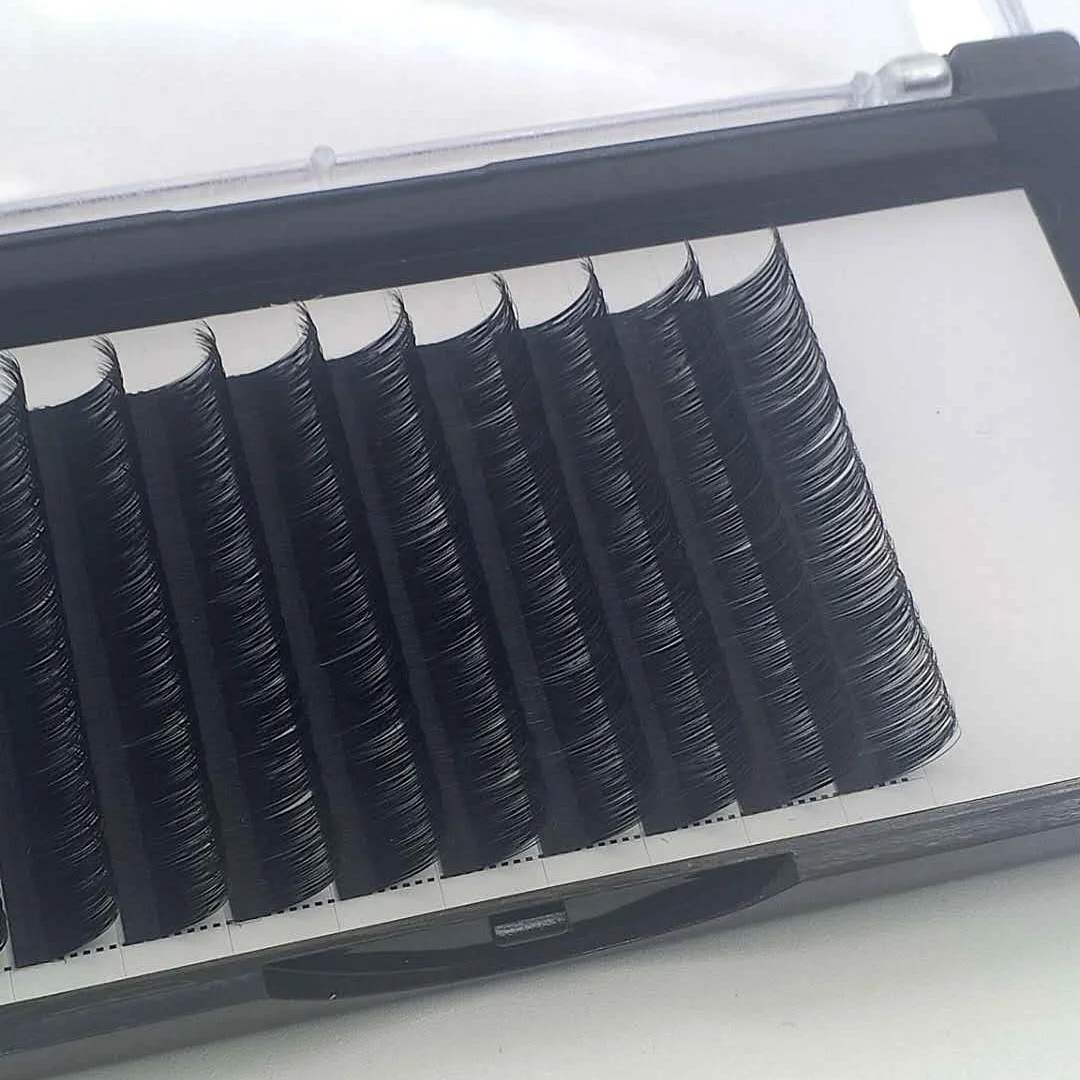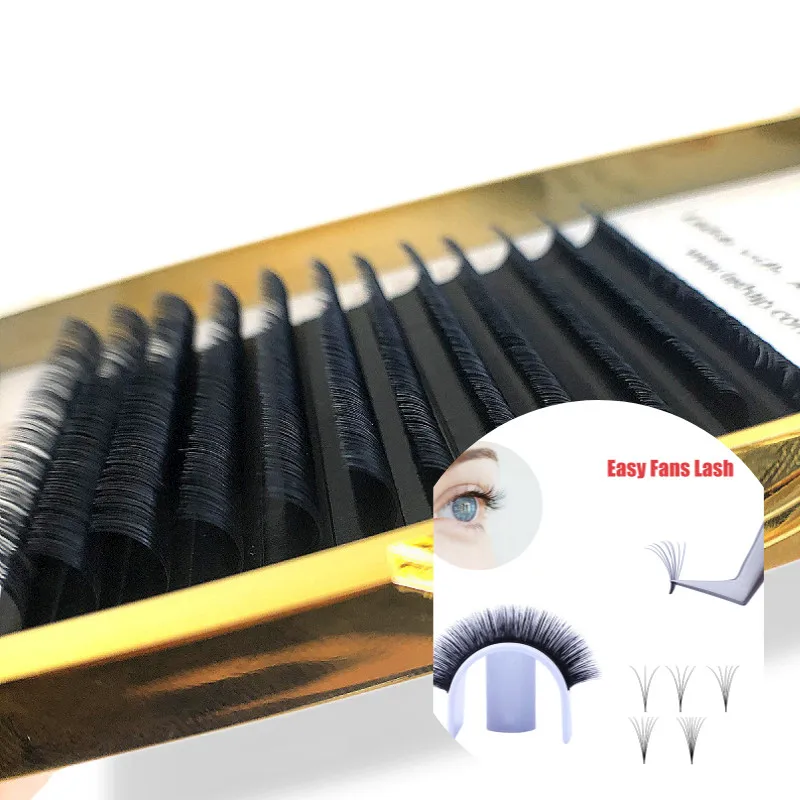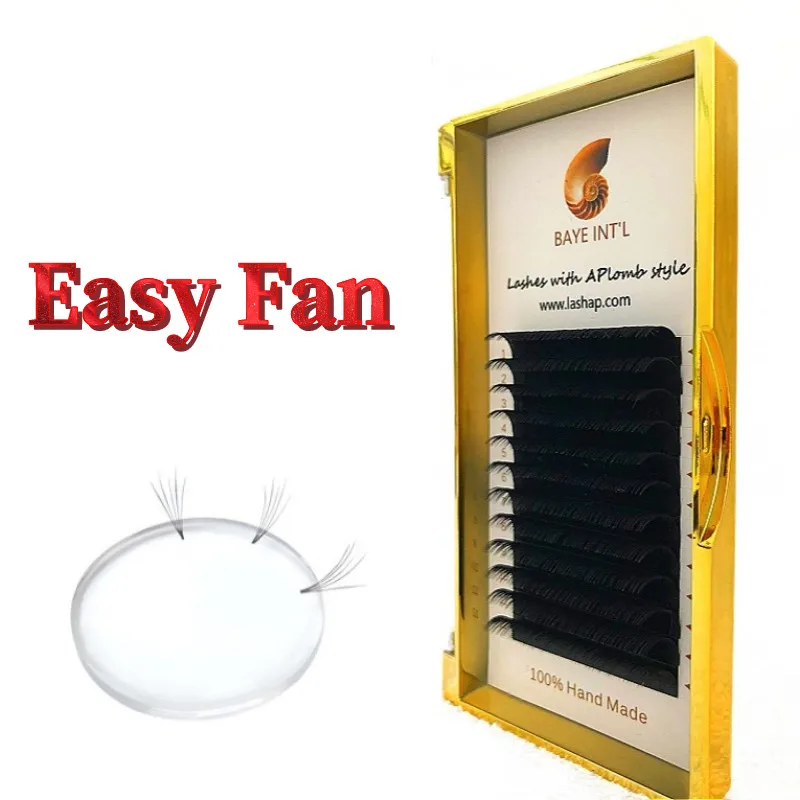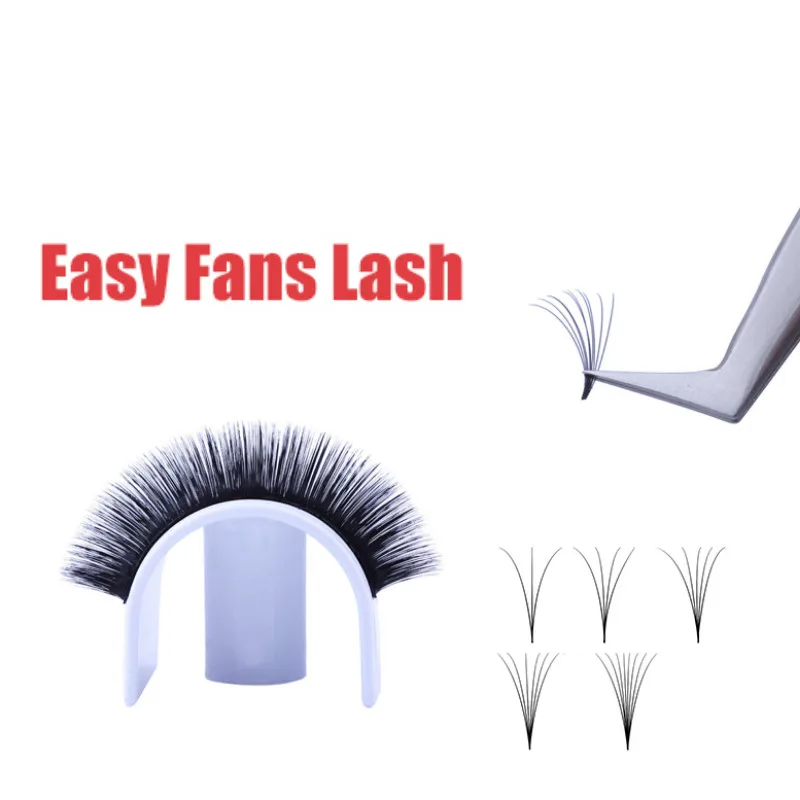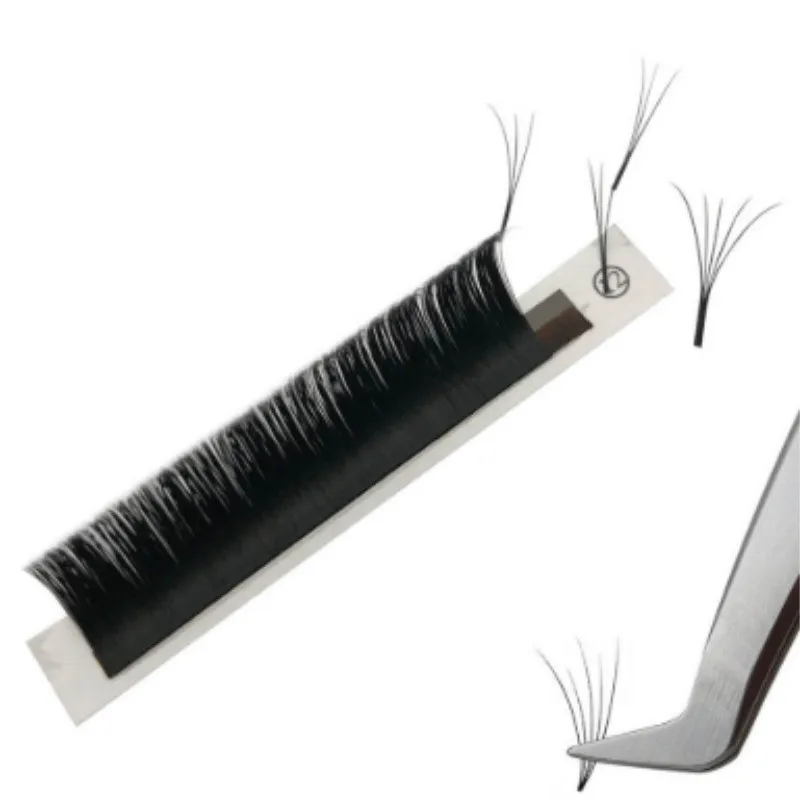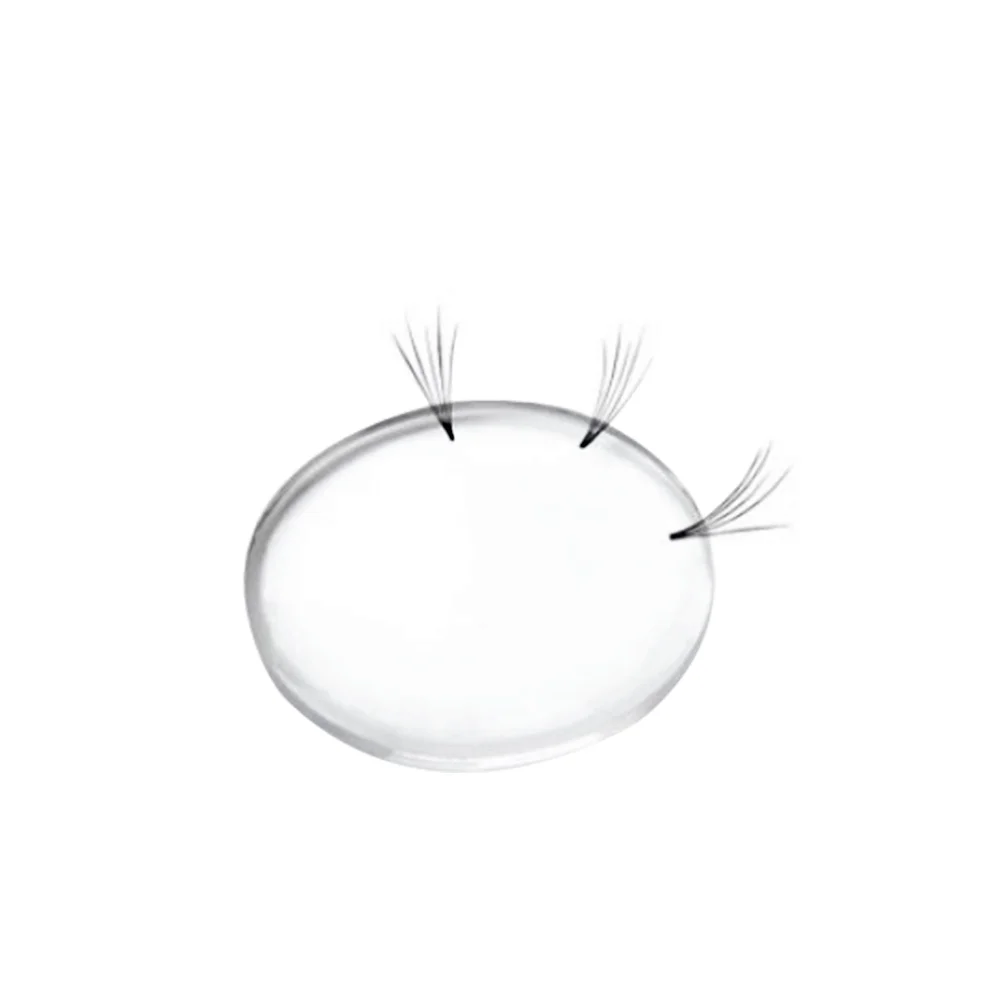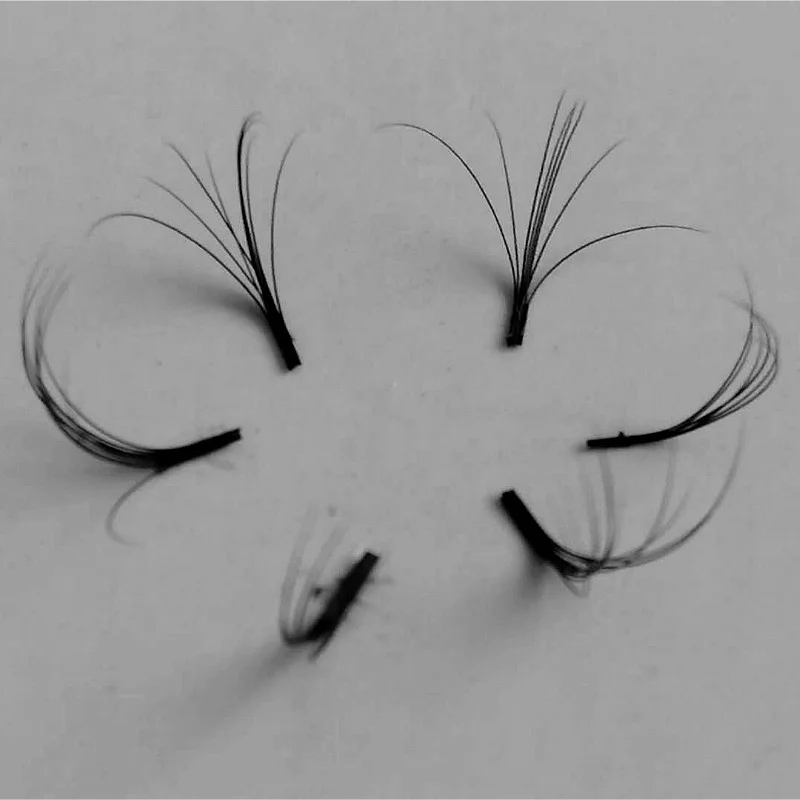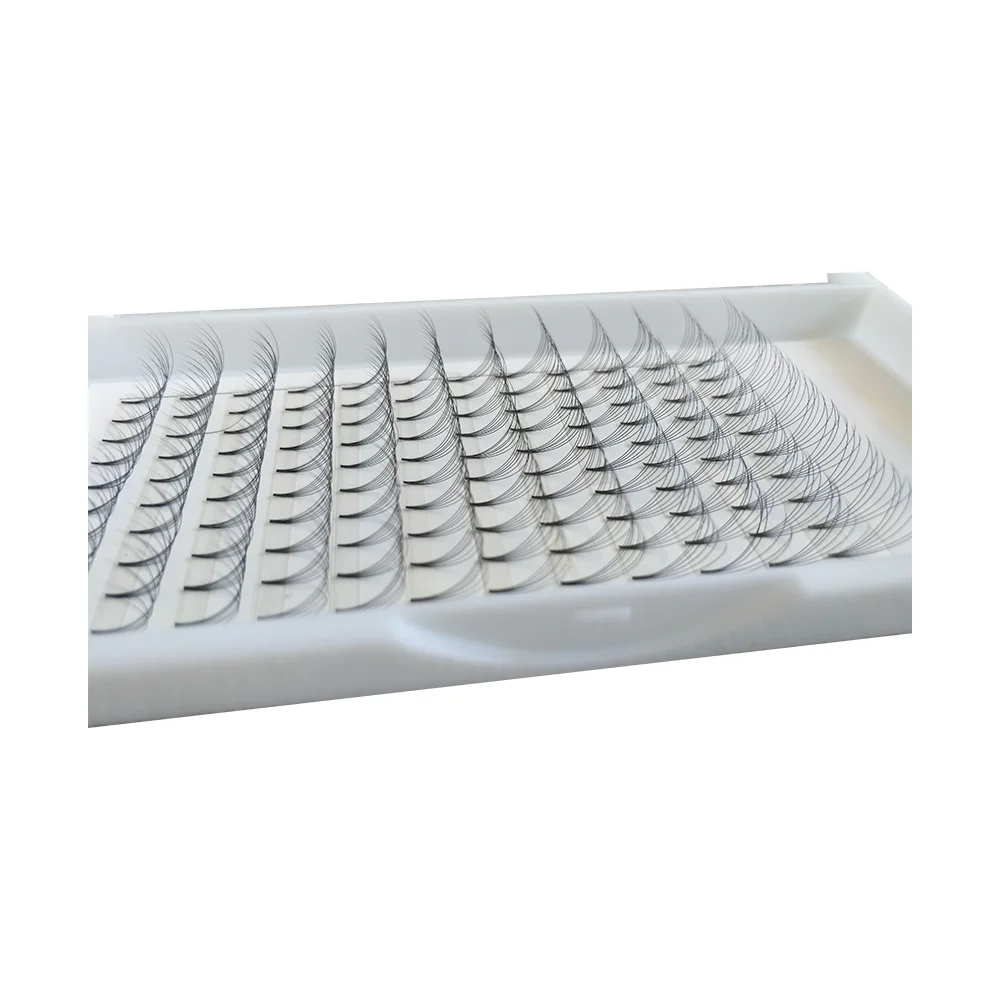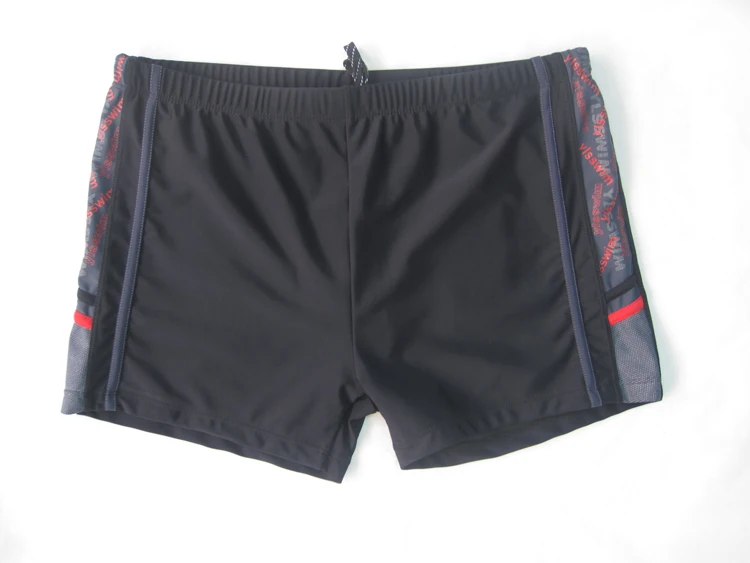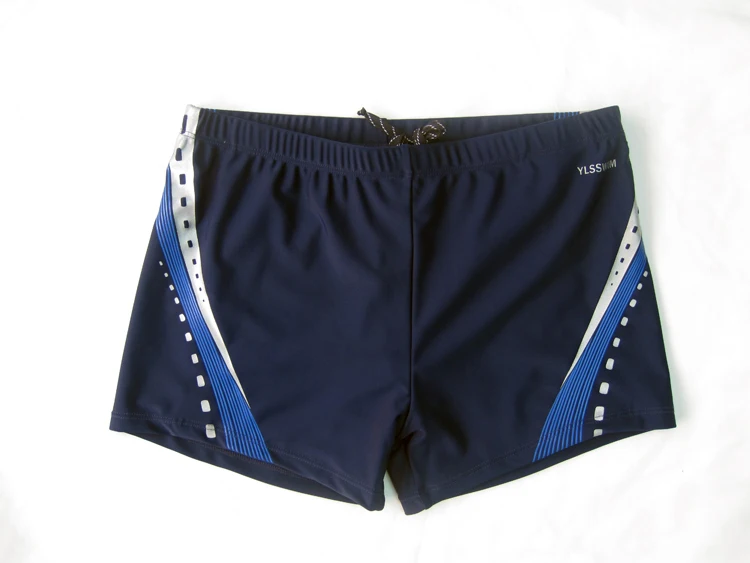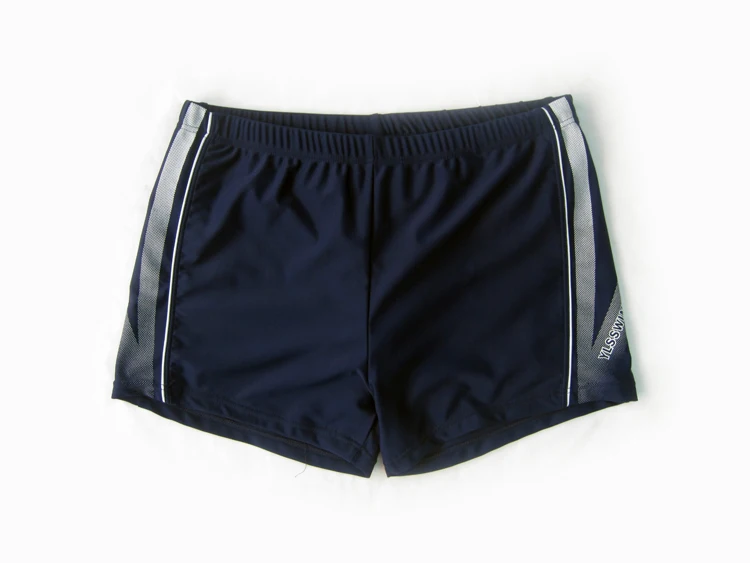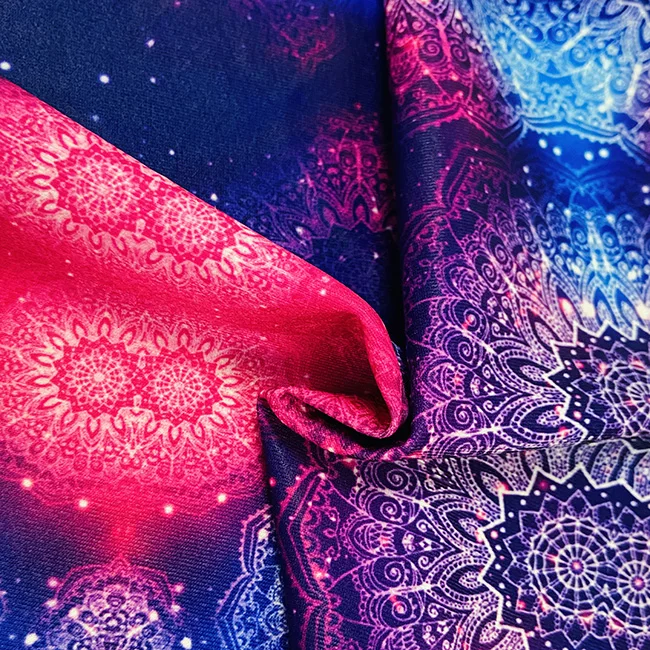PBT: The Ultimate Guide for Buyers in 2025
PBT (Polybutylene Terephthalate) is a high-performance thermoplastic widely used in industries like automotive, electronics, and consumer goods. Its durability, heat resistance, and electrical insulation make it a preferred choice for manufacturers. This guide covers everything from sourcing to applications.
How to Find Reliable PBT from China in 2025
China remains a top supplier of PBT due to competitive pricing and advanced manufacturing. To find reliable suppliers:
- Check certifications like ISO 9001 and RoHS compliance.
- Review supplier history and customer feedback on platforms like Alibaba.
- Request samples to test material quality before bulk orders.
What Buyers Should Know Before Buying PBT from China
Before purchasing PBT, consider:
- Lead times and shipping costs.
- Minimum order quantities (MOQs).
- Customization options for color, additives, or reinforcement.
Types of PBT
PBT comes in several forms:
- Unfilled PBT: Basic form with high flexibility.
- Glass-Filled PBT: Enhanced strength and rigidity.
- Flame-Retardant PBT: Ideal for electrical components.
Functions and Features of PBT
Key features include:
- High heat resistance (up to 150°C).
- Excellent electrical insulation.
- Chemical and moisture resistance.
Scenarios of PBT
PBT is used in:
- Automotive parts (connectors, sensors).
- Electronics (switches, housings).
- Consumer goods (appliance components).
How to Choose PBT
Select the right PBT by:
- Identifying application requirements (heat, stress, environment).
- Comparing material grades and additives.
- Consulting suppliers for technical support.
PBT Q & A
Q: Is PBT recyclable?
A: Yes, but specialized processes are required due to its durability.
Q: How does PBT compare to PET?
A: PBT offers better moisture resistance and faster processing.
Q: What’s the average price range for PBT?
A: Prices vary by type, but expect $2.50-$5.00 per kg in bulk.
Q: Can PBT be used outdoors?
A: Yes, with UV stabilizers to prevent degradation.
Q: How long does PBT last?
A: Over 10 years under normal conditions.




